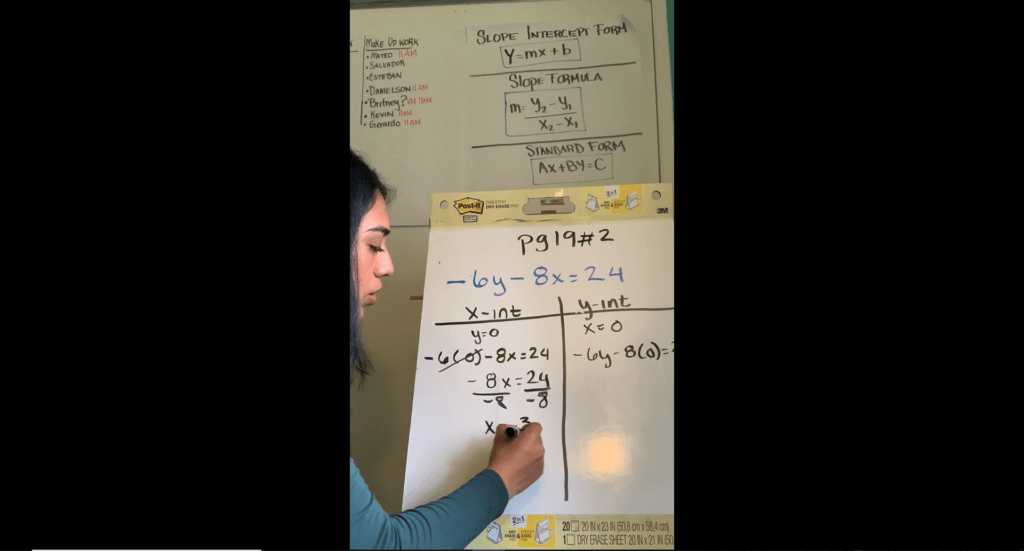
(March 25, 2020) – During school closures due to Coronavirus, the flexibility of Learn4Life’s learning model has been invaluable for its network of 100+ high schools that reengage at-risk students and former dropouts. Its personalized learning model allowed students to immediately transition from school site instruction to remote learning.
Learn4Life students don’t assemble in large classes, but instead schedule one-on-one meetings with teachers and tutors. With the implementation of school closures, students continued their instruction using technology such as Google Hangouts, a private YouTube curriculum channel and instant messaging. Students have access to remote one-on-one instruction and group labs, tutoring and counseling, and special ed IEP meetings. Hot spots and devices are offered to students who need them.
At-risk students who had recently dropped out or are seriously behind in credits will be hurt the most by school closures. “It is critically important to keep them engaged so they do not fall backwards and into the dropout cycle again,” said Caprice Young, national superintendent. “We know that even small interruptions to their momentum can derail their educational progress. It’s remarkable how seamlessly we moved to virtual instruction for our students. We even had graduations during our first week!”
Young points out that each teacher at Learn4Life is responsible for about 30 students – unlike most high school teachers who have as many as 180 students. “Because of the way we’re structured, our teachers have student caseloads that are manageable and personal, so it’s been easier to connect with all their students. Nothing is more important than keeping at-risk students stable, engaged and progressing toward a diploma. Losing them to the dropout crisis is another pandemic we must keep from spreading.”
About 23 percent of Learn4Life’s student population are young parents, so in addition to providing meals for all students to pick up, those with babies received emergency supplies of diapers and formula.
The majority of students come to Learn4Life at age 17, lacking more than 60 credits, reading at a fifth-grade level and 82 percent are socio-economically disadvantaged. Many are in foster care or suffer from homelessness, and 43 percent are English learners. More than 16 percent are special education students. Students rely on flexibility so they can stay in school even though they may have to work or take care of family members.
“More schools need to adopt different methods of teaching because not only does one size not fit all in education, but flexibility is critical during times of crisis,” added Young.
